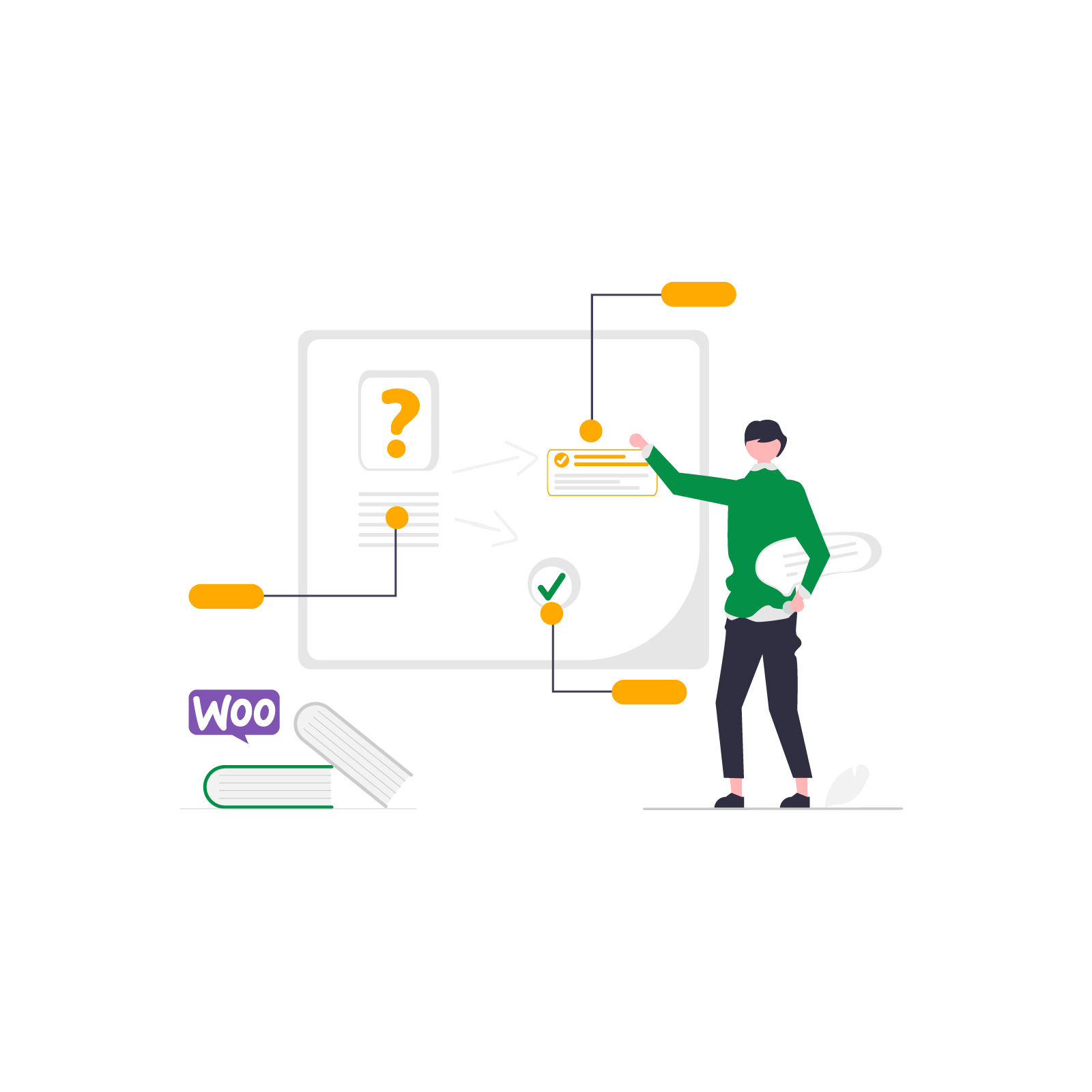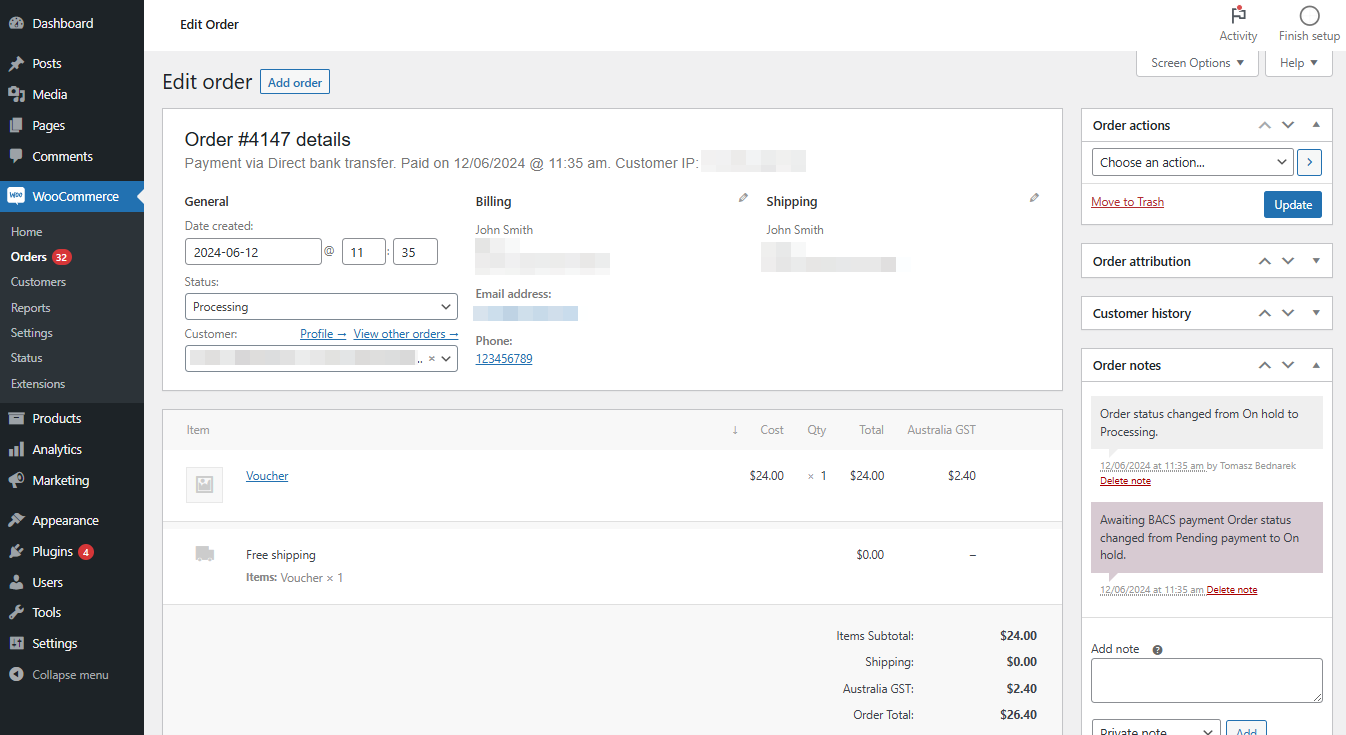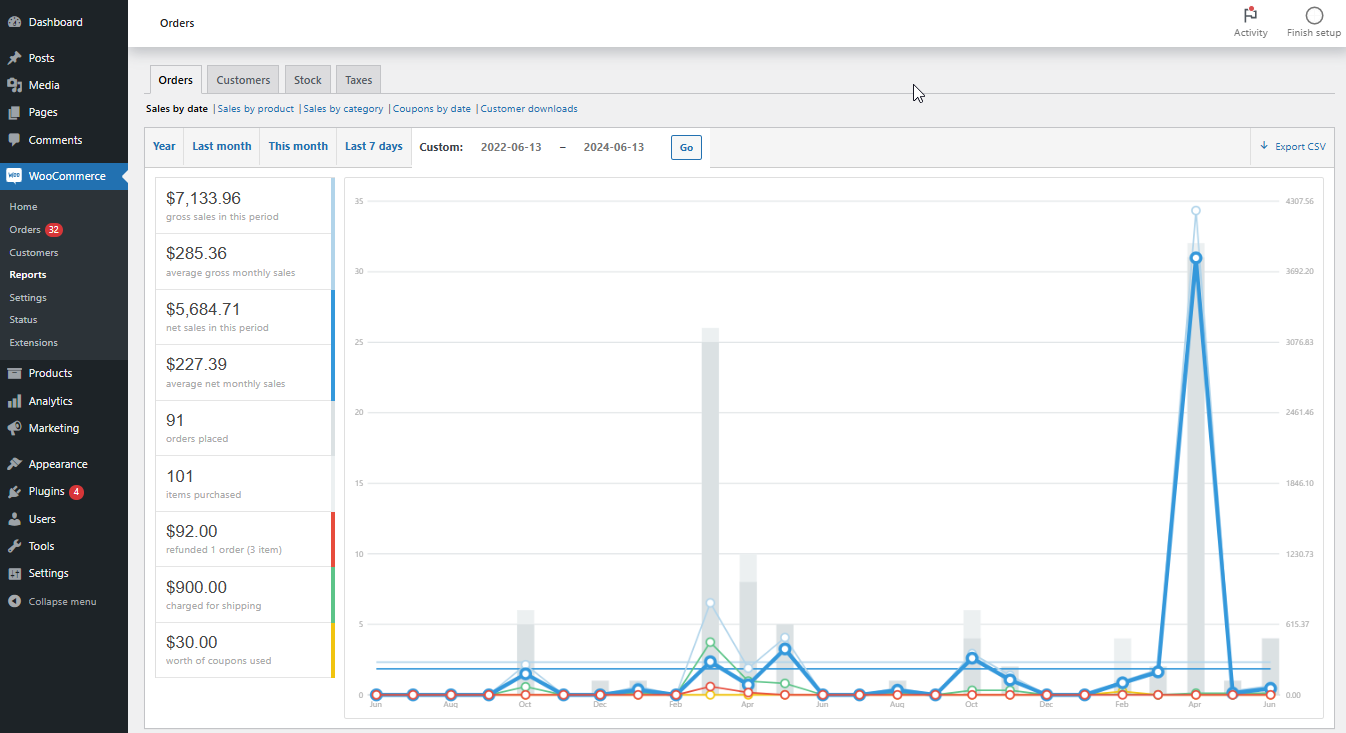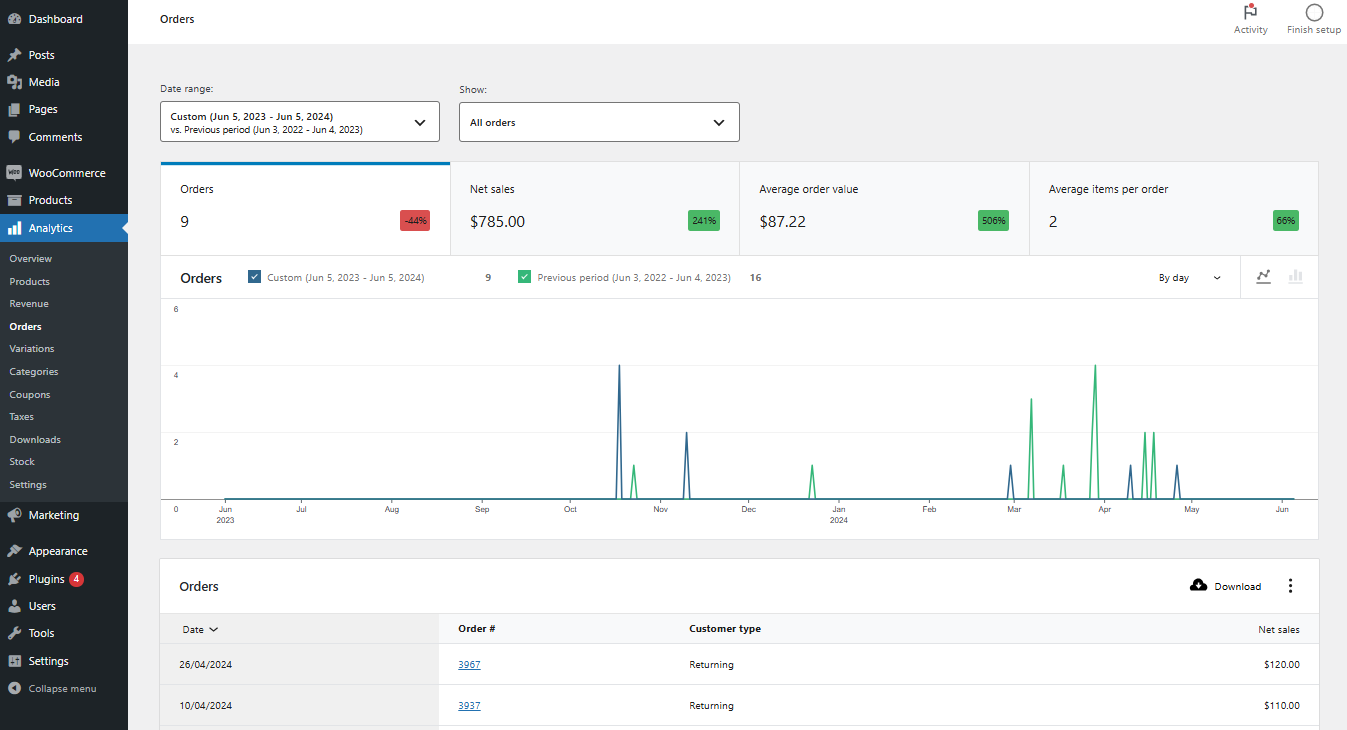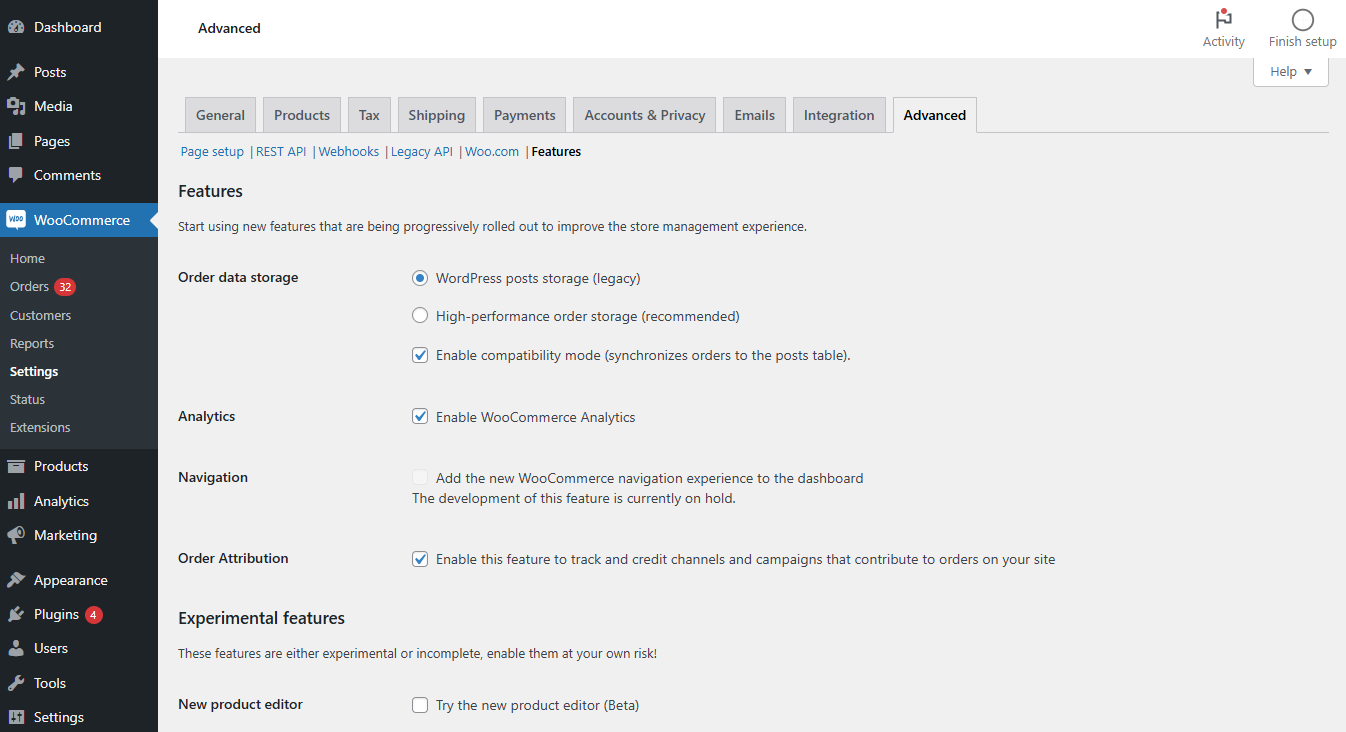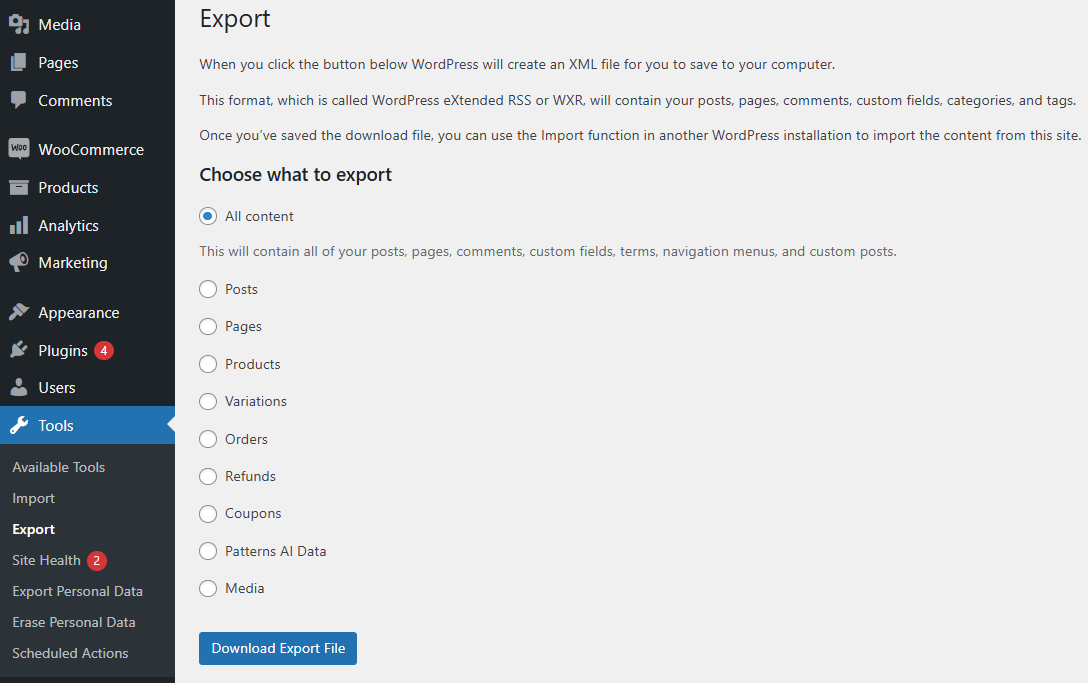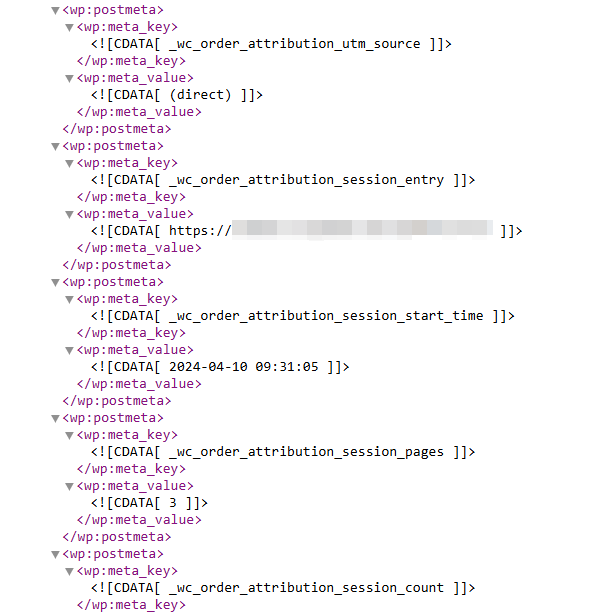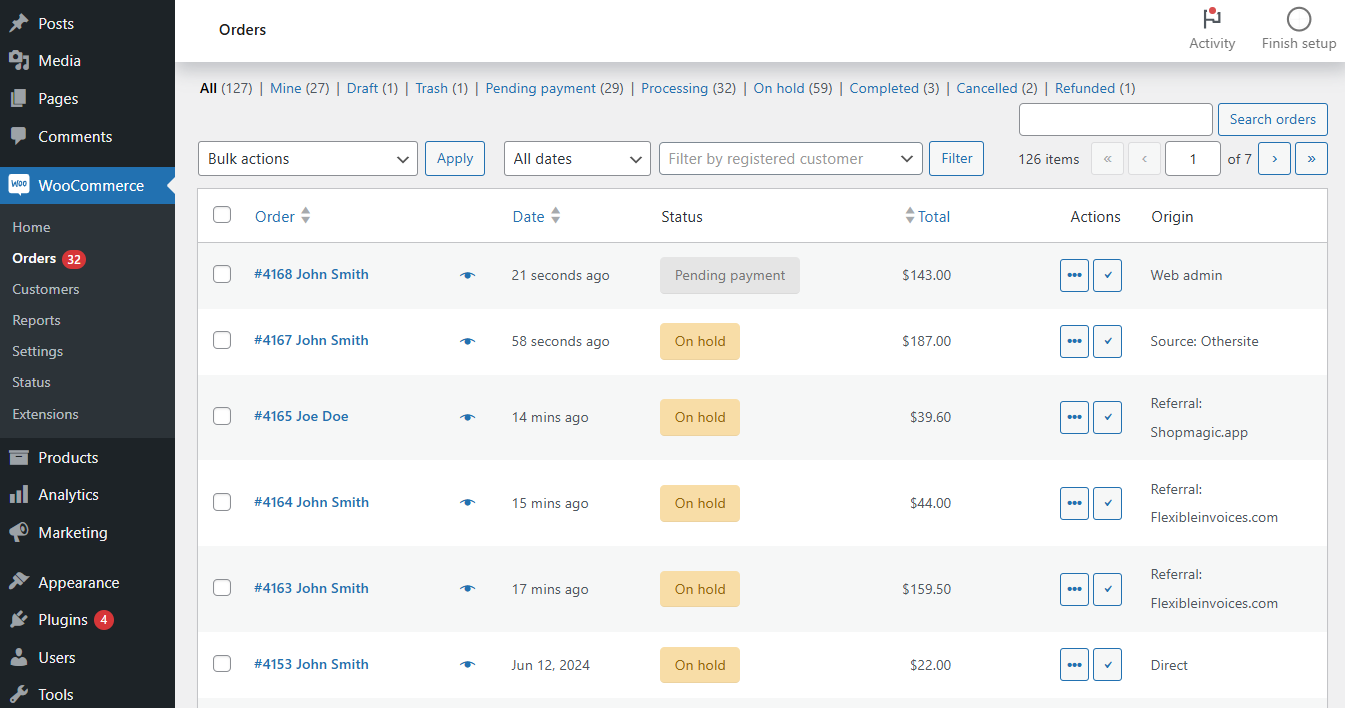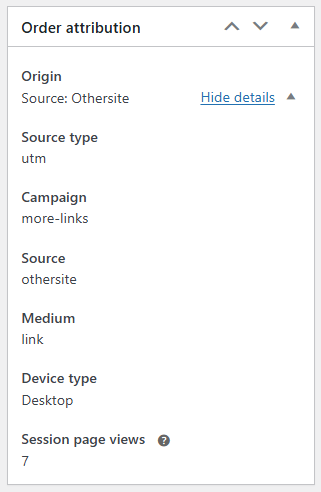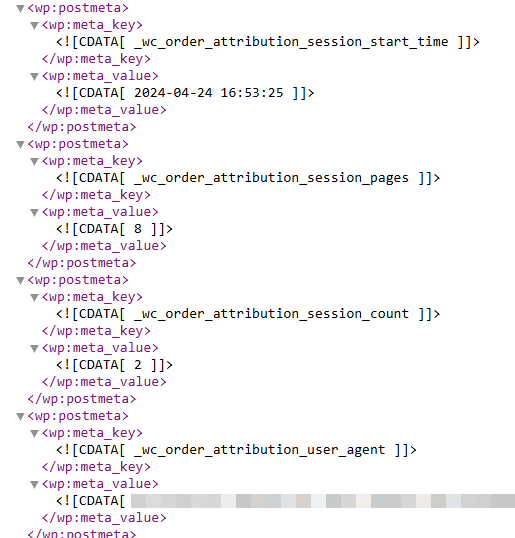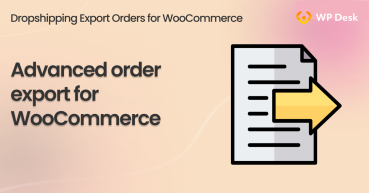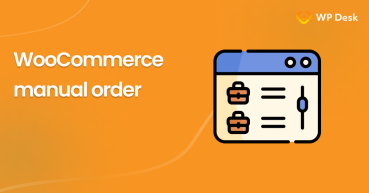The conversion source may be useful insight for understanding what’s effective from a marketing point of view. The WooCommerce order attribution feature may give some knowledge about the conversion sources. In this article, you may see the feature overview and compare it with the available tools regarding data analysis 🔢.
Contents
- WooCommerce order data, analytics, and reports - quick overview
- WooCommerce order attribution - feature overview
- Pros and cons of the attribution model
- Summary
- Advanced order export for WooCommerce. Is that even possible?
- How to export orders from WooCommerce to CSV, XML, JSON, or Excel?
- WooCommerce SEO services & do you need a consultant, company, or agency?
- WooCommerce manual order - quick guide!
- 5 essential WooCommerce tips to boost your sales
WooCommerce order data, analytics, and reports - quick overview
WooCommerce orders are full of information but it's a bit hard to compare orders one by one.
A standard WooCommerce installation comes with three free tools that can be used to analyze orders.
Reports
Order reports can give a quick view into the sales.
Analytics
There is also an analytical tab in WooCommerce with an additional angle.
Analytics can be also disabled in WooCommerce → Settings → Advanced → Features.
Export orders
The third option is based on the built-in exporter in Tools → Export.
Getting the xml file with the order meta may help reach data for further study. What’s more, the exported xml contains the order attribution information.
Let’s go back to the core topic now.
WooCommerce order attribution - feature overview
The new option came in WooCommerce 8.5 (as an experimental one). Since then, it’s possible to enable the order attribution data in WooCommerce → Settings → Advanced → Features.
After activating the option, WooCommere will gather information about the attribution source (referrer, utm, source type, device type, user agent, session pages, session count, etc.).
WooCommerce will show them (basic information) in the orders view
as well as when editing the specific order (with access to more data).
There is also information about the number of sessions, the date, and the first page URL of the session that led to the conversion. Though this meta is currently (June 2024) “under the hood”, it’s possible to see the data with the order export.
Pros and cons of the attribution model
The following lists are just my impressions of the new feature. In my opinion, some things can be pros actually, from a simplification point of view and they probably suffice for basic intel. However, they may show inadequate data when other tools use a different attribution method or session variables.
Pros
- Possible to see the attribution sources
- All orders view
- Available data (pages in session, device type)
- May suffice for smaller sites
Cons
- Stuck to the last-click model
- It’s based on 30-minute sessions
- Not linked to WooCommerce analytics or reports
- Hidden meta (number of sessions, pages, session start time)
- Can’t choose/ add extra data to follow
Overall, the order attribution feature (from WooCommerce v. 8.5) added quick intel about the popularity of specific traffic sources. And their effectiveness in terms of making conversions.
It may well be only a starting point before adding new features and addressing known issues. After all, the attribution feature is in its early stage so we'll see.
Summary
Today, you’ve learned about the WooCommerce order attribution feature. As you can see, it may give some knowledge about the conversion sources. However, one still needs to remember that the current WooCommerce attribution model (as of June 2024) uses the last-click approach.
